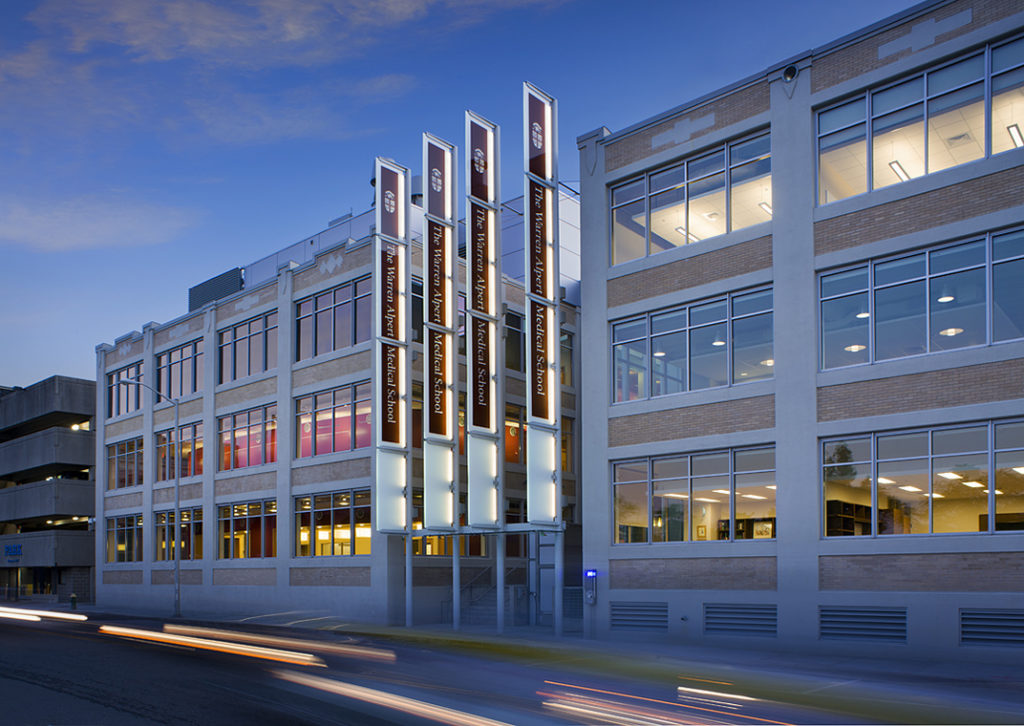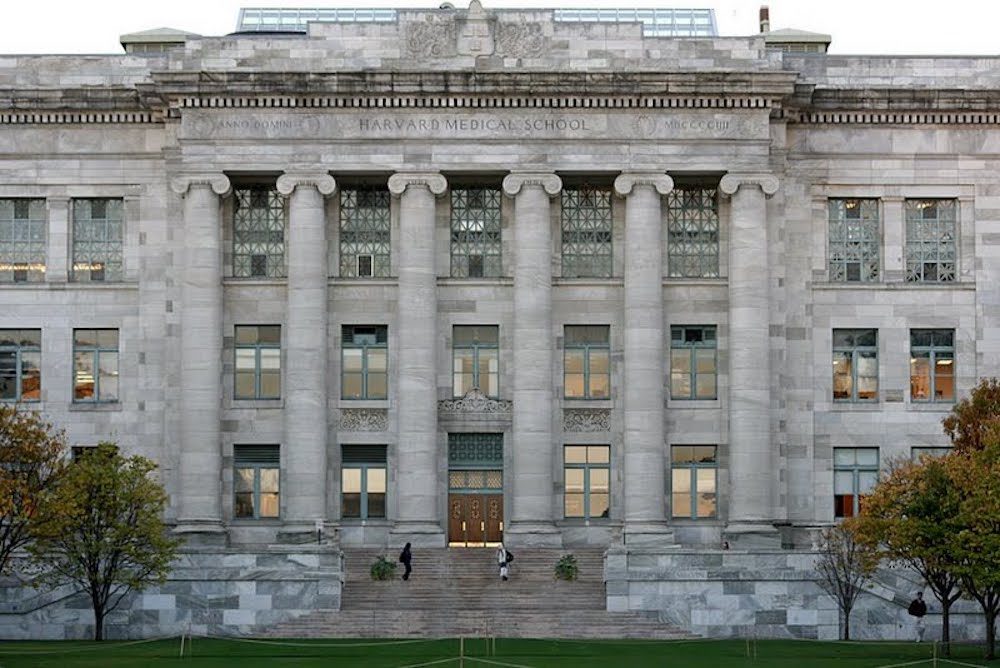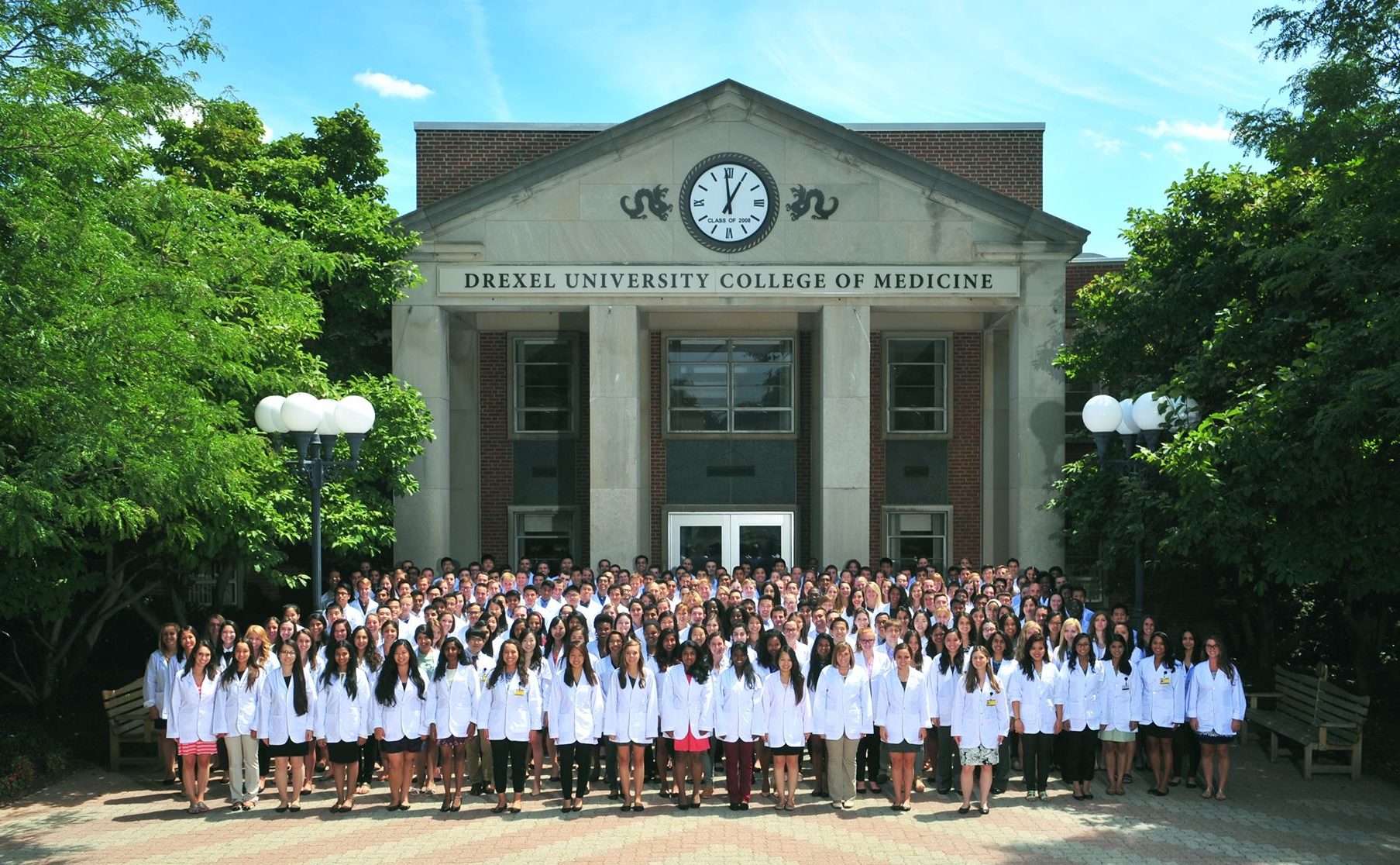Medical schools cost a lot of money. If you plan on becoming a doctor, you should know that it is one of the most expensive fields of study. It’s not uncommon for medical school debt to run into six figures. Remember you aren’t just paying for tuition. You have to factor in the cost of books, food, housing, and other incidentals. According to U.S. News and World Reports, the most expensive medical schools cost could range anywhere from $67,875 to $74,035.
There are many prestigious medical schools in the United States. Medical school admissions consulting provides the services needed to make an informed decision. So whether you are an undergraduate or graduate student, it’s a good idea to know exactly what you could be facing from a financial standpoint.
While medical school can be wildly expensive, individuals who graduate and go on to be doctors tend to earn a great deal of money. So this can actually be a good investment. Most expensive medical schools have a lot to offer. The Short List: Grad School is a good resource for individuals looking to see what the most expensive medical schools offer. It has a lot of useful data and options that can make your decision easier.
Students should also consider that private medical schools are significantly more expensive than public schools. According to the most recent data issued by the Association of American Medical Colleges, the public school median cost is $250,222 and private school is $330,180. And tuition for both has risen at a rate of 3%-4% for 10 years.

Most Expensive Medical Schools in the US
Medical schools cost a pretty penny. Here is a list of the top 10 most expensive medical schools in the country. They are all private and the average cost of tuition for the 2021-2022 school year is about $59,000:
- Midwestern University in Illinois – $74,035. It’s ranked on the top 100 list of Best Medical Schools. The Primary Care discipline is said to be among the best.
- Midwestern University in Arizona – $71,833. This school has a good faculty-to-student ratio. It also has a high ranking in research.
- Columbia University – $71,107. It ties for #4 on the list in primary care and research.
- Brown University – $70,425. Brown has a lot to offer. Students can pursue their interest in study as early as the first year. Pricy, but well worth it.
- Case Western Reserve University – $70,339. Three different tracks are available to get your MD. Students also get lots of hands-on experience.
- Northwestern University – $70,254. The Feinberg School of Medicine is right in the heart of Chicago. High rankings in obstetrics and gynecology.
- Dartmouth College – $69,768. One of the most diverse medical schools in the U.S. It is also the fourth oldest in the country. Many graduates practice in underserved areas.
- The University of Southern California – $69,237. This school has a very good faculty-to-student ratio. It also has a high ranking in primary care.
- Washington University in St. Louis – $68,480. Students get a lot of hands-on care experience. They also get the opportunity to experience research projects in their first year of study.
- Georgetown University – $67,875. Located around the D.C. area, Georgetown is one of the better primary care schools in the nation. It’s very diverse and has many graduates working in rural care.
Interested students can go to the particular school’s website to find out more information like application fees, faculty information, historical data, areas of interest, things to do in the areas, and more.
When thinking of medical school, remember the cost of living. Not every geographical area is the same cost-wise. Housing, utilities, and transportation can vary wildly from coast to coast. And there are schools that are simply too high to attend. But if you decide this is a school that you simply can’t pass up, keep in mind the financial consequences down the road.
How to Pay for Medical School
How much is medical school is usually the first question that comes to mind when you’re exploring options. While there is a small segment of the population that is able to pay out of pocket, most people have to find other ways to foot the bill.
Most students have to rely upon scholarships, grants, and loans to mitigate some of the costs. Unfortunately, over 70% of medical school graduates leave saddled with student debt. If you need a loan, try to find the very best options available with the lowest interest. Reach out to a medical school admissions consulting partner for more information.
Direct unsubsidized loans and Direct PLUS loans are commonly used to cover tuition costs. If that doesn’t cover it, you may have to get a private student loan.
Serving in the military also has its perks if you want to go to medical school. If you are already in the National Guard or Army Reserve, you will receive money to cover some of the tuition costs, books, and fees. You will also receive a monthly stipend that can cover the cost.
Practicing in underserved areas like Appalachia and the Mississippi Delta can also mitigate costs. While you may not get paid as you would in the big city, you will receive student loan forgiveness and tax breaks.
Always explore scholarships. They can significantly offset the cost and they never have to be paid back. There are large and small scholarships. Don’t just look regionally; cast a wider net. Find national scholarships that offer significant money. There are a few websites with information on where you can find scholarships.
Top 10 Medical School Scholarships
Here are the top medical school scholarships:
- Physicians of Tomorrow Awards – Applicants can receive up to $10,000.
- Tylenol Future Care Scholarship – Recipients can receive anywhere from $5,000 and $10,000
- Diverse Medical Scholars Program – This $7,000 scholarship is awarded to 29 students. They must first complete 200 hours in community health service.
- National Health Services Corps Scholarship Program – Recipients receive a stipend and 2 years of paid medical school tuition for working in underserved communities.
- Herbert W. Nickens Student Scholarship – This $5,000 scholarship is for third-year students who work in minority communities.
- Chesapeake Urology Associates Scholarship – Recipients receive up to $5,000 based on need.
- HRSA Scholarship for Disadvantaged Students – Based on need. You will need to contact your school directly to get the eligibility information.
- James “Rhio” O’Connor Memorial Scholarship Fund – This is a $1,000 scholarship for students wanting to go into the cancer research field.
- National Hispanic Health Foundation Scholarship – This is for students who have achieved academic excellence and a commitment to the Hispanic community. You can receive up to $10,000.
- Gates Millennium Scholars Program – This $12,000 grant is for African American students pursuing a career in medicine.
Good luck in your medical school journey! Remember to reach out if you have any questions or need help along the way. International Medical Aid is here for you.











